Inappropriate Elimination in Cats
Author: Amanda Date Posted:10 June 2016
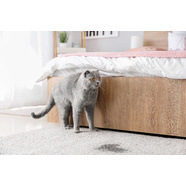
How to manage can urine ordour
Inappropriate elimination in cats can be a frustrating and smelly issue for cat owners.
Why is my cat not using the litter tray?
Cats are very clean animals, so if this is occurring in your house, it is wise to find out what is causing this to occur.
MEDICAL CONDITION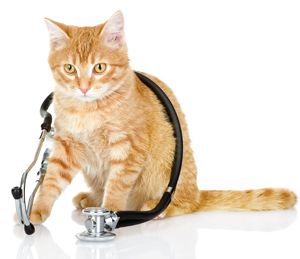
Certain medical conditions can increase the frequency of urination or defecation. Conditions such as bacterial infections, Feline Lower Urinary Tract infection (FLUTD), bladder stones, Inflammatory Bowel disease, and other inflammatory diseases can cause pain and increase the urgency with which a cat needs to urinate or defecate.
Diseases of the Kidneys, Liver, Diabetes and Hyperthyroidism can cause cats to have excessive thirst and in turn, increase the frequency with which they urinate. Some cats may not reach the litter tray in time or cause the litter tray to be filled quickly, and deter them from using it again if it is not cleaned.
Inappropriate elimination is also common with older cats. A cat suffering from arthritis or mobility issues may find it difficult to enter and exit a litter tray and therefore cause them to have accidents around the home, especially if using one of the large deep trays.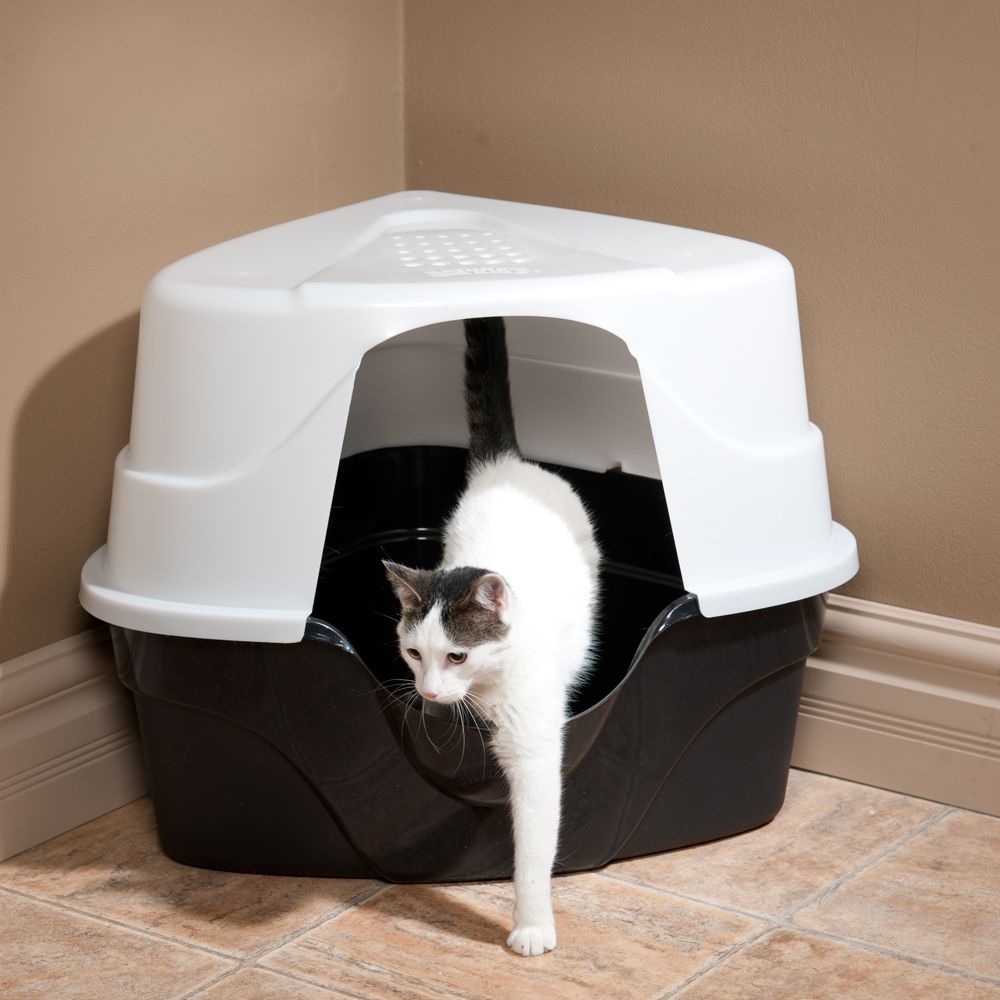
VETERINARY EXAMINATION
It is highly recommended to have you cat examined by a veterinarian to rule out any medical condition causing the problem. Your vet will gain a full history of the problem and may undertake laboratory tests such as a urinalysis, faecal exam and/or blood test.
Once a full medical examination has been undertaken and any medical conditons have been ruled out as the cause, the solution may need to be answered by finding out if you cat is suffering from stress or anxiety or if it has a particular aversion to simply using the litter tray.
STRESS
Stress can be a major cause of inappropriate elimination in our feline friends. All cats like routine so any changes in their environment can cause them anxiety.
Ask yourself, have their been any changes in their environment?
- New pets in the household
- New people in the household
- Moving house
- Changes to the routine of the household
- Neighbourhood cats frequenting your yard
- Separation anxiety/lack of stimulation

Ensure you create a 'safe haven' inside for your cat
- a living space that is free
- from fear or stress
- a predictable daily routine
- access to areas free of loud noise, dogs and other cats in the household, cats approaching windows, and the opportunity to escape from small children
- high vantage points above people and other pets

- Hiding spaces
- social interaction and interactive play
- fresh food and water
LITTER & LITTER BOX
Cats of all ages may develop an aversion to using their litter tray. This can occur for a variety of reasons:
- The type of litter substrate – some cats have particular preference to the type of litter used. Scented litter can also be off putting to some cats. It is a good idea to have multiple litter trays with different types of litter to see which your cat prefers if you are finding your cat is not using the litter provided.

- Location of the litter box – make sure you locate your cat’s toilet area is in a spot that is quiet, clean and away from the main activity of the household. Cats like privacy (just like humans!) so keep this in mind. Also consider placing an elderley cat's litter tray in an area where they do not have to climb stairs, or have to maneuver obstacles causing pain.
- Type of Litter tray - Covered litter trays may trap odours and may not give cats a safe vantage point of potential threats approaching, so it may be wise to try a non-hooded litter box. Litter boxes that are too small, do not contain enough litter or contain litter liners the cat may get it's claws stuck in, can also create an aversion to using the tray.
- Depth of LItter tray - if your cat is having difficulty getting into the tray it is advisable to change to one with lower sides which is much easier for them to use.
- Cleanliness of the litter box – Cleanliness is crucial in successfully managing your cat's toilet habits. The litter box should be cleaned regularly – you can’t really blame your cat for not wanting to use their litter tray if their toilet is hygienic!
- Number of Litter trays – if you have a multi-cat household it is imperative that you have multiple litter trays for your cats to use. A rule of thumb is : the number of cats + 1 equals the minimum number of litter trays you have available.
- Keep the tray a good distance from their food and water bowls also as cats do not want to toilet near where they eat and drink
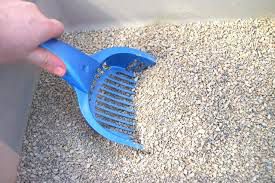
SPRAYING
Cats usually will spray on vertical surfaces like the backs of chairs or walls. Marking and spraying are common occurrences in entire male cats and to a lesser extent unspayed females, however 10% of neutered males and 5% of neutered females also spray. It is recommended to have your cat neutered to reduce the incidence of spraying (and it also has other health benefits too!)
When a cat perceives there is a threat to their territory, by a new cat in the household or cats outside, they may spray. This problem can also occur out of frustration from boredom and insufficient play time, as a response to a new furniture or carpet smell.
.jpg)
Feliway has been clinically proven to help prevent and reduce the incidence stress related behaviours such as feline marking.
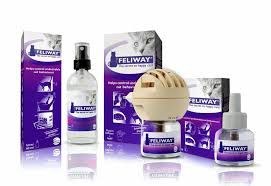
It will help support your cat to feel relaxed when changes are unavoidable.
CLEANING
It is important to clean the area where your cat has eliminated with an enzymatic cleaner. Household cleaners can contain amonnia and scents that are quite strong and may simply cause your cat to simply mark over the top of them.
Ensure that you clean the area thoroughly to remove the pheremone from your cat without leaving a chemical smell.
Such products as:
- POQ
- Urine Off for Cats & Kittens
- Fidos Odour Eliminator
- Simple Solution Eco Care Multi Surface Cleaner
- Simple Solution Stain & Odour Remover for Hardwood Floors
- Simple Solution Aerosol Carpet Cleaners
Feliway Spray can be used on these areas your cat has eliminated on to reduce the incidence of spraying recurring. Using the Feliway diffusers can help relax your cat and reduce the incidence of stress.
PUNISHMENT
Punishment should be avoided as most spraying and marking behaviours are stressed and anxiety based. By punishing your cat you may merely exacerbate their stress and the problem. Interrupting the behaviour and placing the cat in the appropriate toileting area and rewarding may be a good way of stopping the behaviour without casuing anxiety.
Inappropriate elimination in cats can be a complex problem and it is always advised to seek a full medical check up and discuss a treatment plan with the veterinarian.
.jpg)









